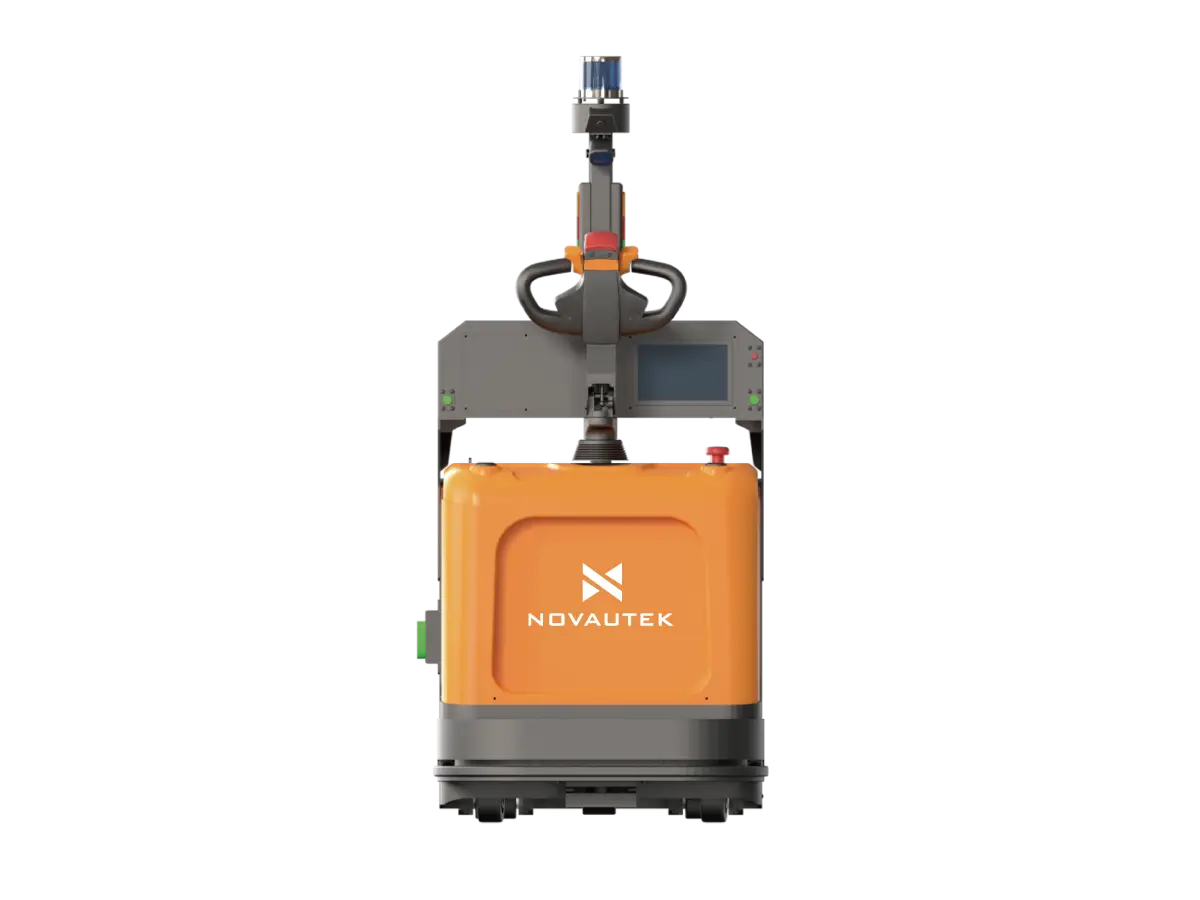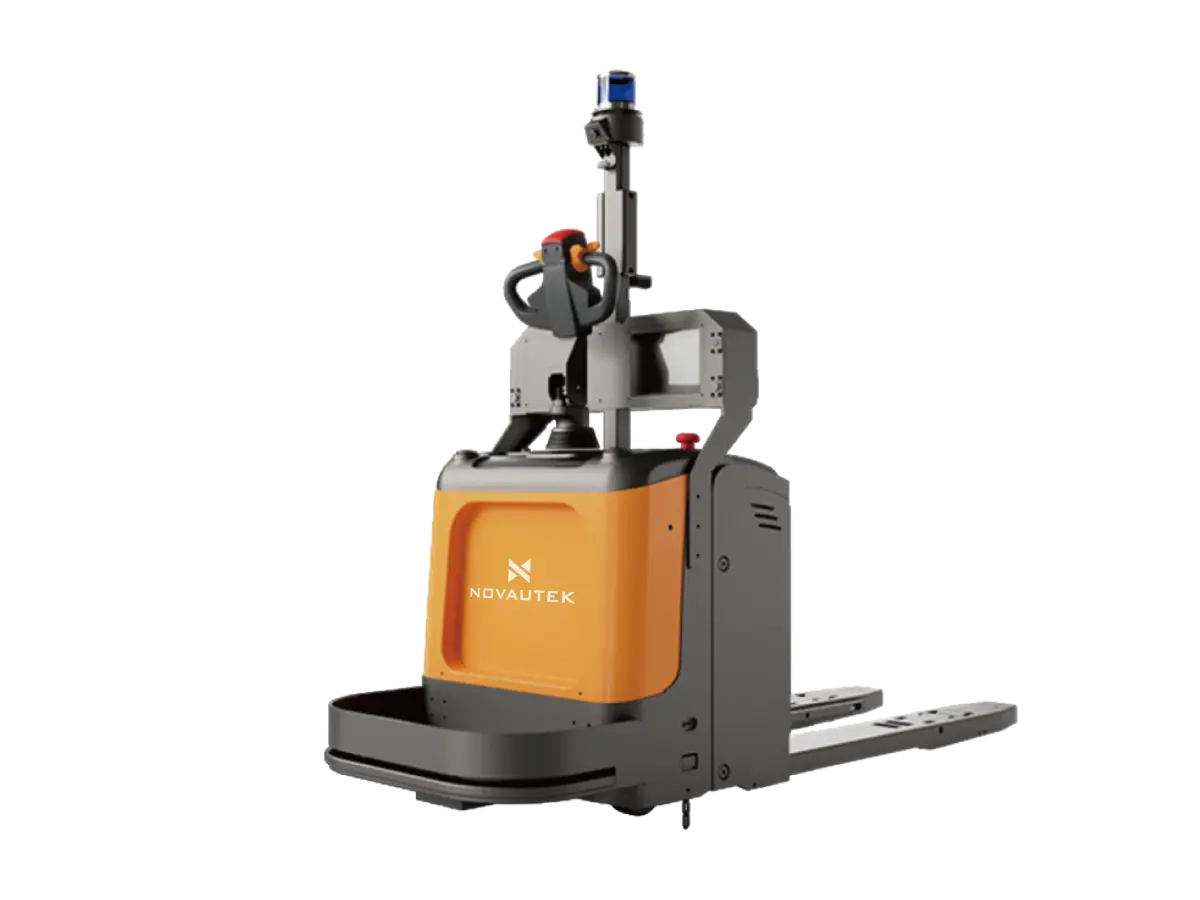Understanding Modern Warehouse Automation Solutions
The landscape of warehouse operations has transformed dramatically with the advent of robotics technology. Warehouse robots have become indispensable tools for businesses seeking to optimize their operations, enhance efficiency, and stay competitive in today's fast-paced market. As automation continues to reshape the logistics industry, selecting the appropriate warehouse robot for your specific needs has become a crucial business decision that can significantly impact your operational success.
Modern warehouse facilities are increasingly turning to robotic solutions to address challenges such as labor shortages, rising operational costs, and growing customer demands for faster fulfillment. These intelligent machines can handle various tasks, from picking and packing to inventory management and transportation, offering unprecedented levels of accuracy and efficiency.
Key Types of Warehouse Robots and Their Applications
Autonomous Mobile Robots (AMRs)
Autonomous Mobile Robots represent the cutting edge of warehouse automation technology. These versatile warehouse robots navigate independently using sophisticated sensors and AI algorithms, making them ideal for dynamic environments. AMRs can adapt their routes in real-time, avoiding obstacles and optimizing paths for maximum efficiency. They excel in tasks such as inventory transportation, order fulfillment, and collaborative picking operations.
What sets AMRs apart is their ability to work alongside human workers seamlessly, enhancing overall warehouse productivity without requiring significant infrastructure modifications. Their advanced navigation capabilities mean they can be deployed quickly and easily scaled as your business grows.
Automated Guided Vehicles (AGVs)
While similar to AMRs, Automated Guided Vehicles follow predetermined paths marked by magnetic strips, wires, or other guidance systems. These warehouse robots are particularly effective in environments with consistent, repetitive transport routes. AGVs excel in heavy-load transportation and are commonly used in manufacturing facilities and large distribution centers.
The structured nature of AGV systems makes them highly reliable for specific applications, though they may offer less flexibility compared to AMRs. They're particularly well-suited for businesses with established workflows and predictable material movement patterns.
Articulated Robotic Arms
These sophisticated warehouse robots are designed for precise picking, packing, and palletizing operations. With multiple joints and degrees of freedom, articulated robotic arms can handle various products with different shapes and sizes. Their precision and speed make them invaluable for high-volume operations requiring consistent accuracy.
Modern articulated arms often incorporate advanced vision systems and AI capabilities, enabling them to adapt to different products and packaging requirements. They're particularly effective in end-of-line operations and specialized picking tasks.

Essential Factors for Warehouse Robot Selection
Operational Requirements Analysis
Before investing in a warehouse robot, conducting a thorough analysis of your operational needs is crucial. Consider factors such as your warehouse layout, current workflow patterns, and specific automation goals. Evaluate your peak handling volumes, typical load characteristics, and accuracy requirements to determine which robotic solution aligns best with your operations.
It's also important to assess your existing infrastructure and identify any potential constraints or modifications needed to accommodate robotic systems. This analysis should include consideration of integration requirements with your warehouse management system and other existing technologies.
Return on Investment Considerations
Implementing warehouse robots represents a significant investment, making ROI analysis crucial. Consider both direct cost savings from improved efficiency and indirect benefits such as reduced error rates and enhanced worker safety. Factor in implementation costs, maintenance requirements, and potential scalability needs when evaluating different robotic solutions.
Look beyond the initial purchase price to understand the total cost of ownership, including training, maintenance, software updates, and potential infrastructure modifications. Consider how quickly the system can be deployed and start delivering value to your operation.
Implementation and Integration Strategies
Phased Deployment Approach
Successfully implementing warehouse robots often requires a carefully planned, phased approach. Start with a pilot program in a specific area or for particular tasks to validate the technology's effectiveness and identify any potential challenges. This approach allows your team to gain experience with the new technology while minimizing operational disruption.
Use the insights gained from initial deployment to refine your implementation strategy before expanding to other areas or functions. This methodical approach helps ensure smooth integration and maximizes the chances of successful adoption.
Staff Training and Change Management
The success of warehouse robot implementation largely depends on effective staff training and change management. Develop comprehensive training programs that cover both technical operation and safety protocols. Ensure your team understands how to work alongside robotic systems effectively and safely.
Address any concerns about job security by emphasizing how automation will enhance rather than replace human roles. Create clear communication channels for feedback and continuous improvement suggestions from staff members working with the new technology.
Frequently Asked Questions
What maintenance requirements should I expect for warehouse robots?
Warehouse robots typically require regular preventive maintenance, including software updates, battery maintenance, sensor cleaning, and mechanical inspections. The specific requirements vary by robot type, but most modern systems include diagnostic tools that help predict and prevent potential issues before they cause downtime.
How long does it typically take to deploy warehouse robots?
Deployment timelines can vary significantly depending on the complexity of the system and your facility's readiness. Simple AMR implementations might take just a few weeks, while more complex systems involving multiple robot types and extensive integration could take several months. A phased approach can help manage implementation timeframes effectively.
Can warehouse robots work safely alongside human employees?
Modern warehouse robots are designed with advanced safety features including obstacle detection, emergency stops, and sophisticated sensor systems. Many are specifically engineered for human-robot collaboration, following strict safety standards and regulations. Proper training and clear operational protocols ensure safe coexistence between robots and human workers.

